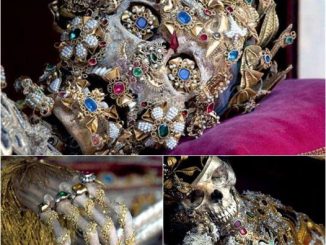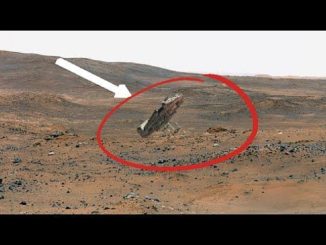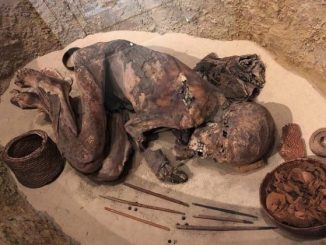Students from the University of San Marcos and researchers initially discovered the mummy’s hair and skull, then continued to excavate and found the remains of the mummy.
New mummy discovered. (Source: Reuters)
On June 14, Peruvian archaeologists said they had discovered a mummy dating back about 3,000 years ago in the country’s capital Lima.
While excavating, students from the University of San Marcos and researchers initially discovered the mummy’s hair and skull, then continued to excavate and found the remains of the mummy.
According to archaeologist Miguel Aguilar, the mummy may belong to the Manchay culture that developed in the valleys of Lima between 1,500 and 1,000 BC and was related to the construction of temples. U-shaped, facing the rising Sun.
This mummified person may have been sacrificed during the final stages of temple construction.
In addition to the mummy mentioned above, archaeologists also unearthed burial items including corn, leaves and coca seeds. Therefore, this may have been part of a sacrificial ritual.
On March 26, an American archaeological team affiliated with New York University discovered more than 2,000 mummies with ram heads dating from the Ptolemaic period and a large palace structure from the 6th Dynasty of Egypt. , during excavations at the temple area of King Ramses II in the city of Abydos, Sohag province, Upper Egypt.
In addition to the above mummies, the US archaeological mission also discovered a number of other animal mummies including ewes, dogs, wild goats, cows, deer and mongooses, placed in one of the large palace structures. newly discovered in the northern area of the temple of King Ramses II.
The head of the archaeological mission said that these ram mummies were probably sacrificial objects that were very popular during the Ptolemaic period. The discovery also shows that the memory of Pharaoh Ramses II is still revered in Abydos, 1,000 years after the king’s reign (1303-1213 BC).
The above discovery shows changes in the shape of the Ramses II temple, far different from what has been agreed upon by scholars and researchers since



